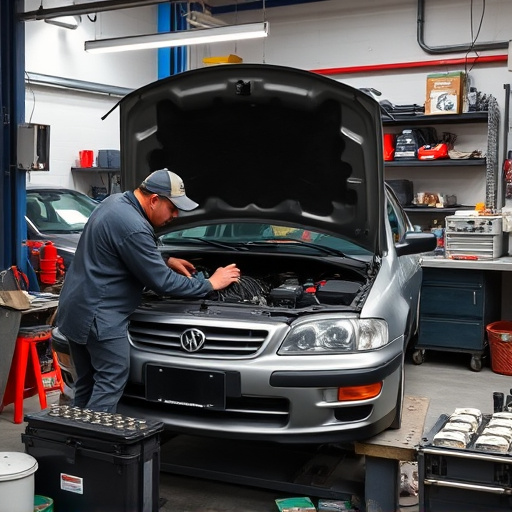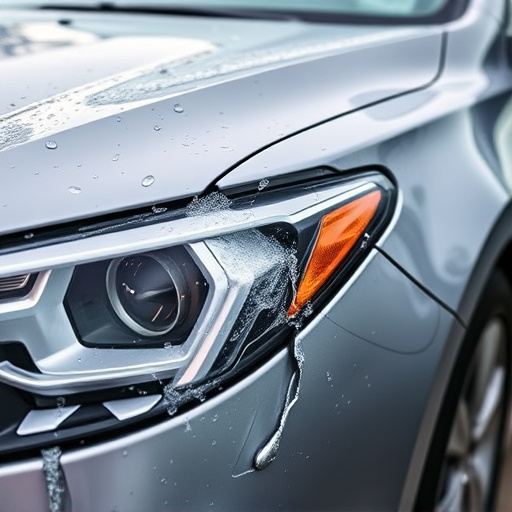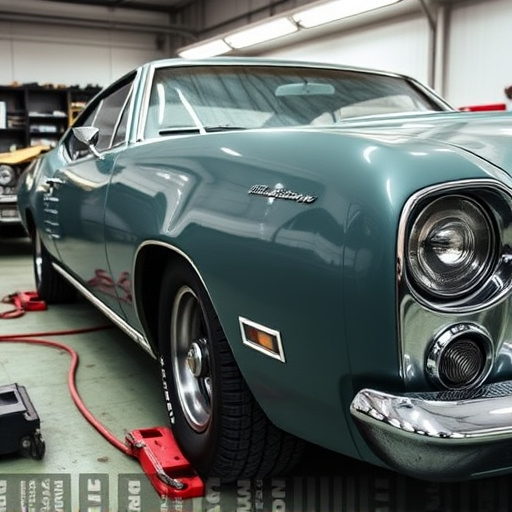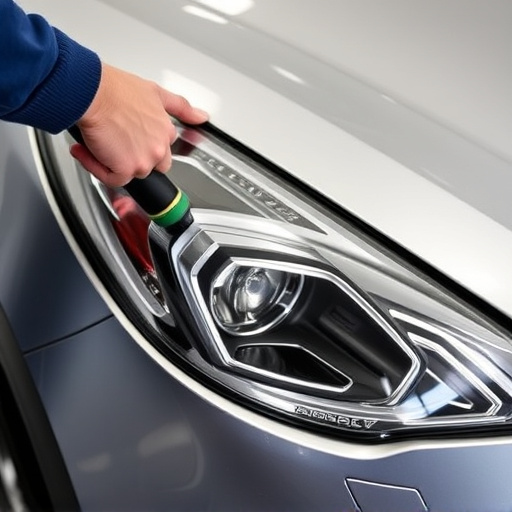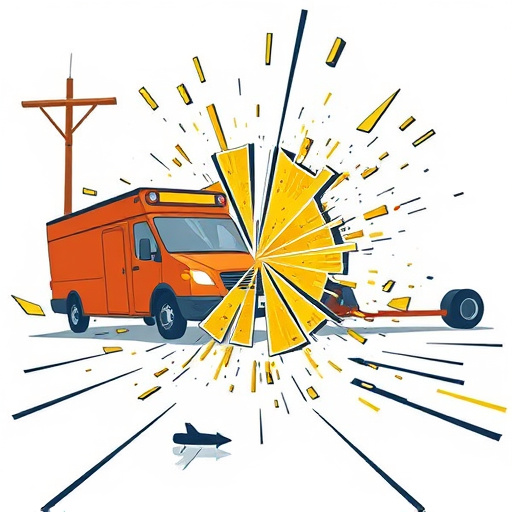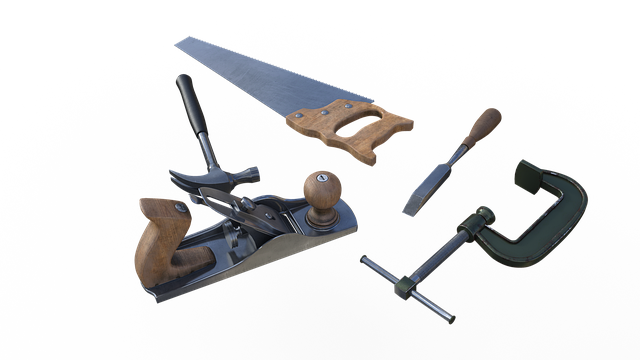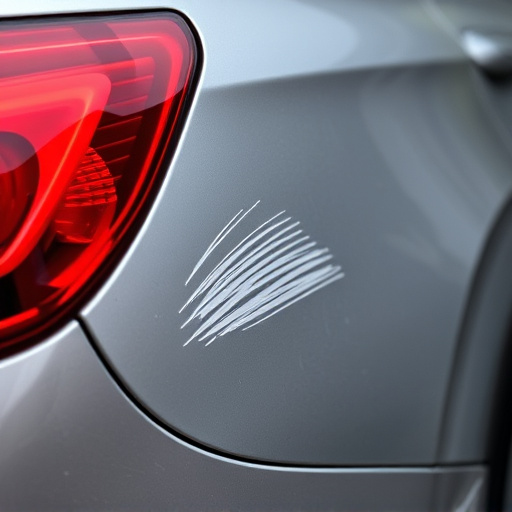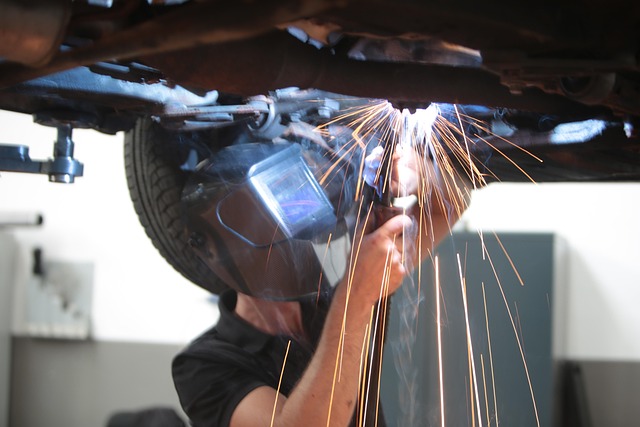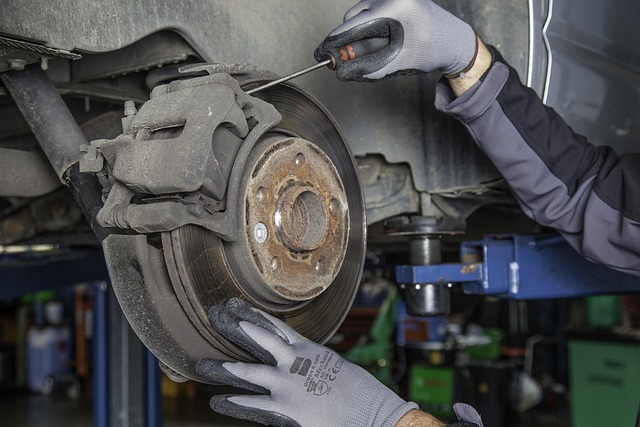Pulling system collision repair uses advanced tech to accurately assess vehicle damage, including hidden areas, integrating tire services and dent removal for comprehensive evaluations. This method focuses on repairing and realigning components instead of replacing them, reducing labor costs, claims payouts, and waste, saving money for policyholders and insurers while promoting sustainability and environmental conservation through enhanced recycling efficiency.
Insurance companies increasingly favor pulling system collision repair methods due to their numerous advantages. This innovative approach offers efficient and accurate damage assessment, ensuring precise cost estimates and faster claim settlements. By minimizing waste and promoting recycling through its inherent design, pulling system collision repair reduces environmental impact. Moreover, it delivers significant cost savings for both policyholders and insurers by optimizing labor and material resources. Embracing this technology aligns with sustainable and economically viable automotive repairs.
- Efficient and Accurate Damage Assessment
- Cost Savings for Policyholders and Insurers
- Reduced Environmental Impact and Recycling Benefits
Efficient and Accurate Damage Assessment
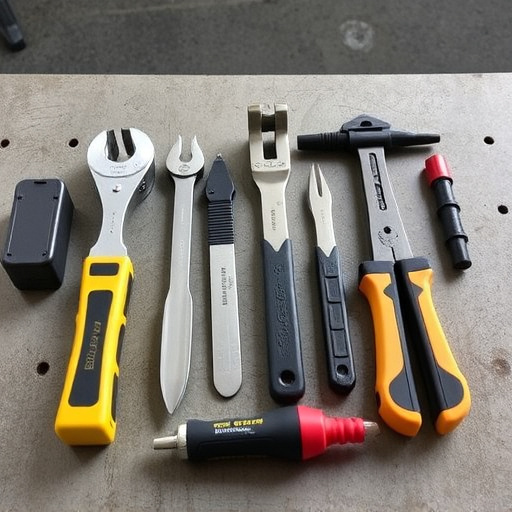
One of the primary reasons insurance companies favor pulling system collision repair is its ability to facilitate efficient and accurate damage assessment. This advanced method goes beyond traditional visual inspections, employing sophisticated technology to pinpoint exact locations and extents of car damage repair needs. By integrating tire services and dent removal processes into a comprehensive evaluation framework, the pulling system ensures every aspect of the vehicle’s condition is considered, leading to more precise estimates and quicker claim settlements.
The pulling system collision repair method involves gently lifting and moving vehicles to expose hidden or hard-to-reach areas affected by the impact. This not only allows for a detailed examination but also reduces the risk of further damage during the assessment process. Accurate damage assessment is crucial for both insurance companies and policyholders, as it ensures fair compensation while preventing unnecessary expenses related to excessive or incorrect car damage repair.
Cost Savings for Policyholders and Insurers
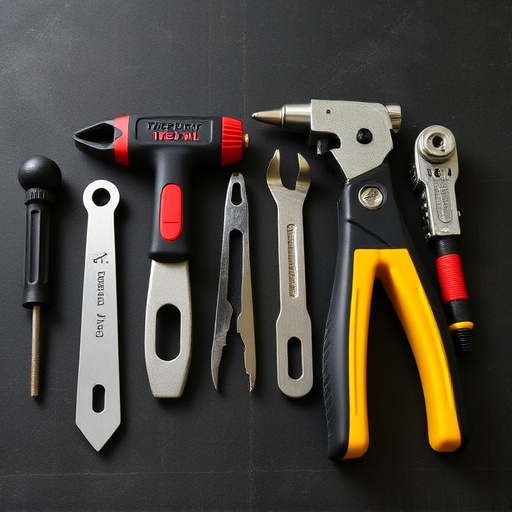
Pulling system collision repair offers a unique advantage that can lead to significant cost savings for both policyholders and insurers. By utilizing this innovative approach, which focuses on repairing and realigning vehicle components rather than replacing them, there is a reduction in overall expenses. Traditional auto repair services often involve extensive labor costs associated with disassembling and reassembling vehicles, especially for complex repairs. However, pulling system collision repair streamlines the process, minimizing labor hours required. This results in reduced claims payouts for insurers and, consequently, lower premiums for policyholders.
Furthermore, this method promotes sustainability by reducing the demand for new parts and minimizing waste generated during vehicle body repair. As a result, it becomes an eco-friendly option that aligns with the growing trend of environmentally conscious consumers and regulatory bodies. By embracing pulling system collision repair, insurers can demonstrate their commitment to cost-effective, efficient, and sustainable practices while offering policyholders a more affordable and beneficial claims process.
Reduced Environmental Impact and Recycling Benefits

The adoption of pulling system collision repair offers significant environmental advantages. Traditional collision repair methods often involve extensive welding and heavy material usage, contributing to a larger carbon footprint. In contrast, pulling systems streamline the process by carefully removing and replacing damaged panels with precision. This reduced waste is a boon for sustainability, as it minimizes the need for new raw materials and decreases energy consumption associated with manufacturing.
Furthermore, these advanced techniques promote recycling efficiency. By meticulously separating various components during the repair process, materials can be recycled and reused, diverting them from landfills. This not only conserves natural resources but also fosters a circular economy where car restoration and dent repair are more eco-friendly. The environmental benefits extend beyond local ecosystems, contributing to global sustainability efforts in the automotive industry.
Insurance companies appreciate the numerous advantages of using pulling system collision repair methods. These techniques offer efficient damage assessments, leading to cost savings for both policyholders and insurers. Additionally, they promote environmental sustainability by reducing waste and encouraging recycling, making it a responsible choice that aligns with modern ecological consciousness. By embracing these innovative practices, insurance providers can streamline claims processing, ensure accurate repairs, and contribute to a greener future.
